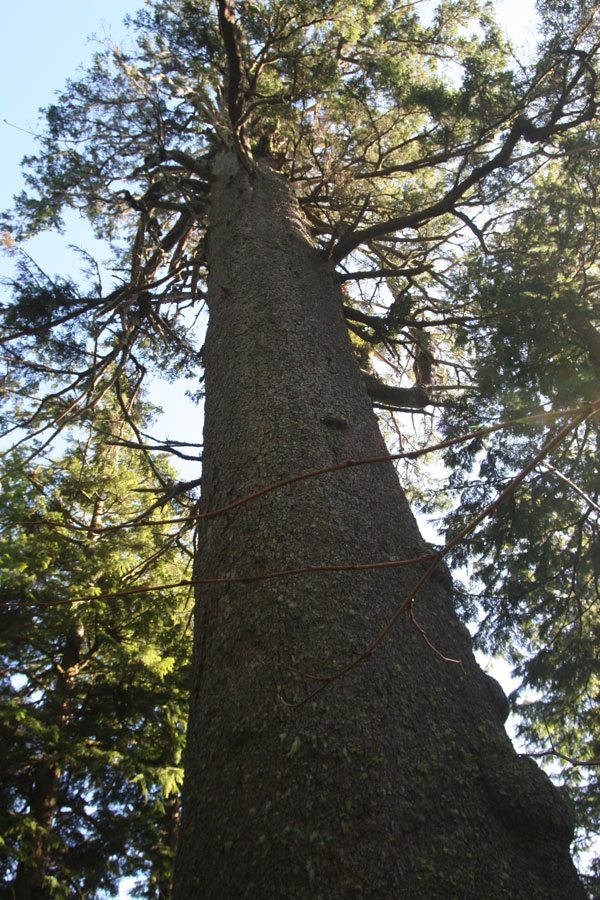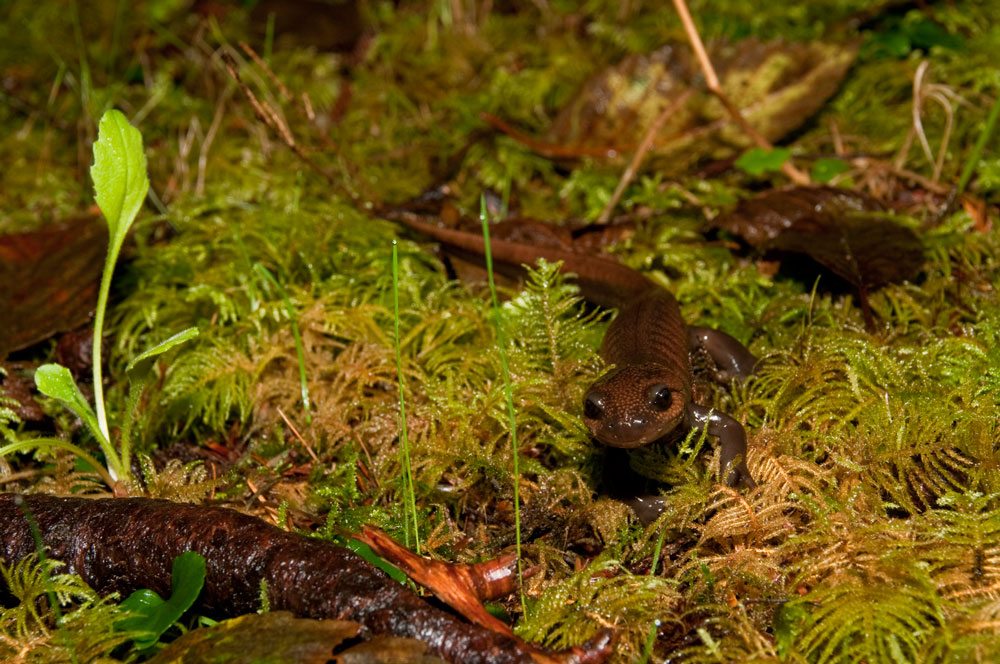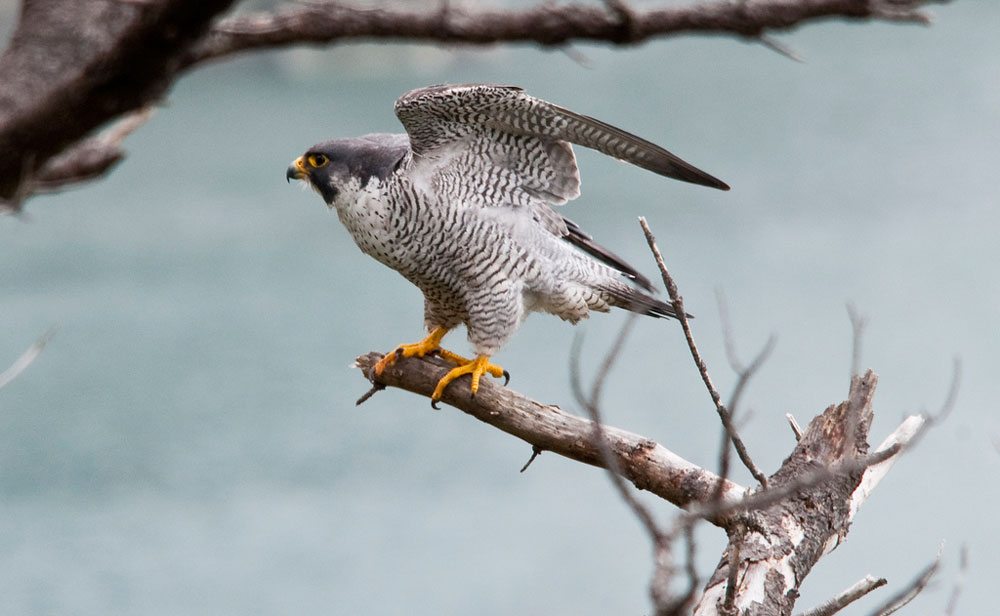Tillamook Coast Life Blog
Cape Meares refuge is little-known gem that shines long after your visit
Frequently blanketed in mystical Pacific fog, lush with moss-draped trees and rich in a variety of animal species, Oregon’s Cape Meares National Wildlife Refuge welcomes visitors seeking a green haven to recharge their spirits along the Tillamook Coast.
Cape Meares is a headland jutting into the Pacific Ocean, best known for the Cape Meares State Scenic Viewpoint and its Cape Meares Lighthouse, which draws so many enthusiastic vacationers that parking sometimes spills out of the lot and up the access road. Many drivers heading to the lighthouse pass unaware by the trailhead for the 138-acre wildlife refuge, which is less well known and far less crowded.
The refuge trail runs north from a small parking area where Lighthouse Drive branches off Bayshore Drive (the Cape Meares Loop Road), and trail users have two options: Bearing right takes hikers down a 520-foot elevation drop toward the beach at the community of Cape Meares, through a magnificent forest of spruce, hemlock, salal, salmonberry and other plants; while a fork to the left runs a short distance to the Big Spruce, a 700- to 800-year-old Sitka spruce that is the state’s largest.
“People like getting their picture taken in front of a tree that’s so old,” said Dawn Harris of the U.S. Fish and Wildlife Service, the agency responsible for the refuge. And the longer trail, she said, “goes all the way down to sea level. You cross a few little seasonal creeks.”
And in the hush of the uncut forest, you can find peace that lingers even after you leave.







